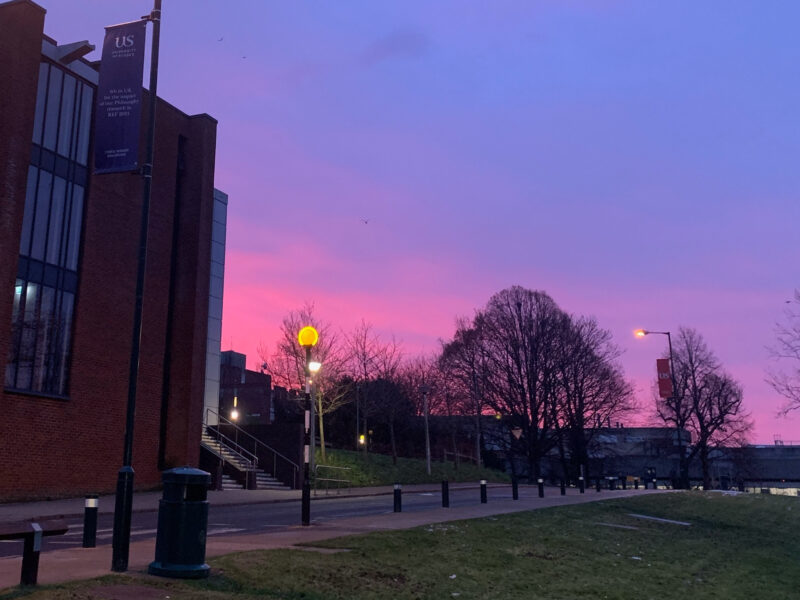Missing and murdered Indigenous women have captured many headlines this year. The real question at hand is if we care enough to educate ourselves about the issue.
Nearly 1,200 Indigenous women in Canada have been murdered or gone missing in the last 30 years according to the RCMP. This homicide rate is approximately four and a half times higher than other women in Canada. A lot of these cases have been undocumented and it is not okay.
One concern that should be out there is that the RCMP does not report everything we need to know. It filters out facts and does not reflect the voices of victimized families. Amnesty International’s own research has proven that the deaths and disappearances of the Indigenous women and girls have been investigated poorly.
The Highway of Tears is a name given to a 720-kilometer stretch on Highway 16 between Prince George and Prince Rupert in B.C., in attempt to bring awareness to this issue. A series of murders and disappearances have taken place along the highway, taking away the lives of several Aboriginal women. To date, only one murder has been solved. Is this an issue that we as Canadians will continue to ignore?
The violence faced by Indigenous women and girls has taken place in streets of Canadian cities and in Canadians’ homes. Perpetrators have no specific type, and they are of both Indigenous and non-Indigenous descent. They are just as human as any one of us.
The government perceives the Indigenous community as a problem. As a result, not many stories of the innocent females in the aboriginal communities have been highlighted. Is this a problem? Absolutely!
Many Canadians are so concerned with the disruption in the United States government or what Putin is up to in Russia, that we fail to recognize the problems in our own country.
A sister, daughter, wife or mother has gone missing, been murdered, raped or abused. Are we aware of that the suicide rates among Indigenous youth are five to six times higher than those among non-aboriginal youth? Why is there such a big gap? Do we care? Are we considering any preventatives? Probably not, seeing as the problems of the rest of the world have blinded us of our own issues.
The Red Dress Project by Jamie Black is an extremely influential, eye-opening project. It is a one-day display of red dresses, to represent the country’s missing and murdered Aboriginal women. The key to understanding the fundamental flaws in our justice system is to acquire and expand our knowledge about it. The ladies are gone, but not forgotten.




